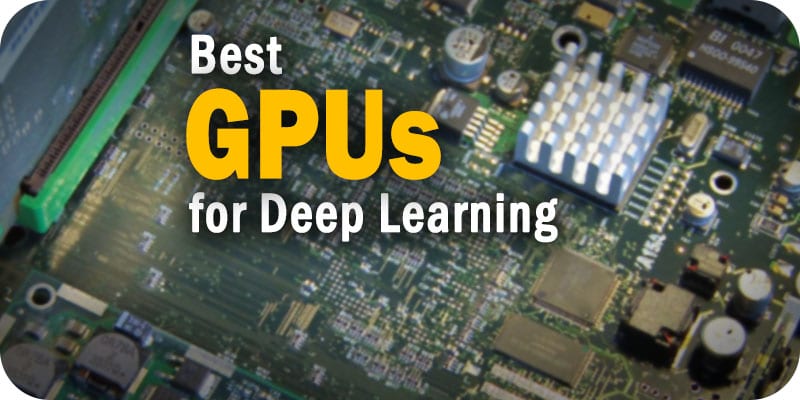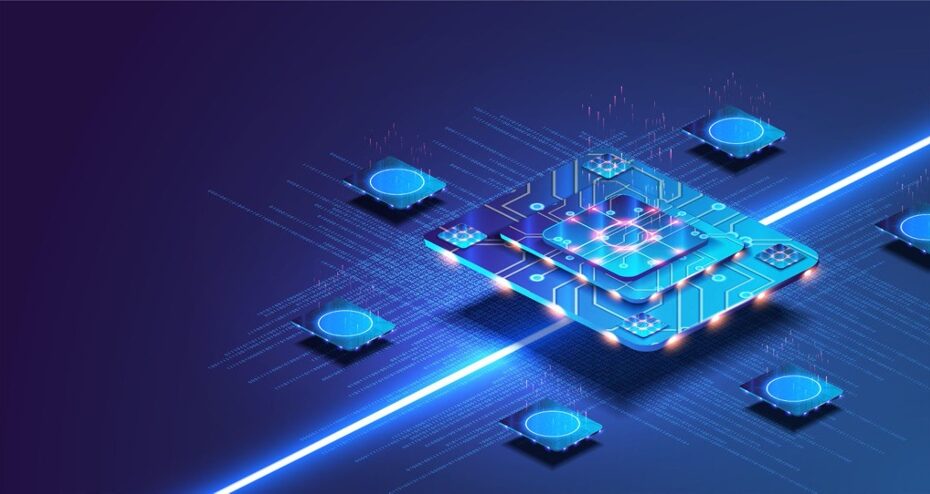The most popular type of graphics processing units (GPU) used in deep learning is Nvidia Tesla V100. It has 6,688 CUDA cores and 12GB GDDR memory. However, there are other good options such as the AMD Radeon Instinct MI60 and PowerXCell P40. These two cards also support NVIDIA’s Volta architecture, so they will give you the same performance benefits.
If you need to run multiple tasks simultaneously, you can try using a workstation with eight or more NVLink ports. Each port allows you to transfer data between CPUs and GPUs up to 32 GB/sec. If your budget doesn’t allow you to buy a powerful machine, then you can always opt for the Intel Xeon Phi 7250 coprocessor. This card is made specifically for AI.
Now that you know what to look out for in a GPU, let’s talk about how you can choose one based on your needs.
What Is GPU for Students?
First of all, let me explain what deep learning means. The term “deep” refers to the number of layers in the neural network. A neural network consists of many different layers. Each layer contains neurons.
Each neuron receives inputs from other neurons, and it sends its outputs to other neurons. When the output of one neuron reaches a certain level, it becomes an input to another neuron. This process continues until each neuron is connected to every single pixel in the image.
At the end of this process, the neural network can create a prediction. In addition, the deeper the neural network is, the better the accuracy of the model.
Now, let’s talk about what GPUs are and how they work. Graphics processing units (GPUs) were first created by Nvidia. These chips were designed specifically for use in video games.
However, today, these powerful devices are being used for a variety of purposes. For example, some companies are using them to train AI models.
What Are the Benefits of GPU for Students?
GPU is used to accelerate deep learning applications. Deep learning is one of the most important technologies that have emerged in recent years. This technology can be applied in many different areas, including machine learning, computer vision, natural language processing (NLP), speech recognition, robotics, and so on.
There are several reasons why GPUs are beneficial to deep learning. The first thing is that they allow you to run a large number of training examples at the same time. If you want to train your model using more data, then you can use multiple GPUs.
Second, the speed of the graphics card is faster than the CPU. So, it’s possible to create models that require less computation time.
Third, the power consumption of a single-board system is lower than that of traditional multi-board systems. Therefore, you don’t need to worry about the heat generated by the system.
Finally, the cost of the hardware is much cheaper. You won’t have to spend hundreds of dollars on buying new computers every year.
So, if you’re interested in deep learning, then you should consider purchasing a GPU.
What Advantages of GPU for Students?
In recent years, deep learning technology has become increasingly popular among researchers. Deep learning uses neural networks to perform complex tasks such as speech recognition, image classification, and natural language processing. GPUs have been used to accelerate these processes by performing many operations in parallel.
GPUs were originally designed for graphics applications, but they are now being used to train large models that can be applied across multiple domains.
One advantage is the ability to handle very large data sets. For example, a single CPU might struggle with training an AI model using a million examples. However, a GPU could easily process this number of examples in just minutes.
Another benefit is the ability to run complex algorithms quickly. This makes it possible for a machine to learn from massive amounts of unlabeled data. In addition, a high-end GPU will allow you to create more sophisticated models than would otherwise be possible.
Finally, GPUs can help you build better software that is easier to use and maintain. The code will also be faster, so your users will find the software much easier to work with.
When you’re ready to get started, you’ll need a computer running Windows 10 Pro, macOS High Sierra or later version, Linux Mint 19 or later version, or Ubuntu 16.04 or later version.

What Disadvantages of GPU for Students?
GPUs have become very popular these days. And while they can be used to improve many different aspects of your life, one thing that you should know is that they can also help you with learning. So how exactly does this work?
You might wonder why GPUs are so important when it comes to improving your ability to learn. The answer is quite simple. Because GPUs can handle large amounts of data at once, they can make certain tasks much easier than traditional computers.
When you use a GPU, it means that you’re using more of the computer’s resources. This could mean that you need a larger machine, or you may simply run into problems when trying to access information. However, there are some things you can do to minimize the impact that a high-powered GPU will have on your system.
One way to limit the effects of a powerful GPU is to turn off any unnecessary programs. You don’t want anything running in the background that is slowing down your computer.
Another option is to try to keep the amount of time you spend working with a GPU to a minimum.
It’s always best to avoid using a GPU for long periods. If possible, you should only use a device like this for short bursts of time.
How Many Gpus Are Enough for Deep Learning?
When you’re building a neural network, you need to use a lot of different kinds of neurons. This means that you’ll have to make sure that you have plenty of graphics processing units (GPUs). If you don’t, then your machine will be unable to handle all of the calculations. However, this doesn’t mean that you should go overboard with your GPU purchases.
Two main factors determine how much you can spend on a single type of computer. The first is the size of the problem that you want to solve. The second factor is the speed at which you want to perform the calculations.
For example, if you’re trying to build an AI-powered robot, then you might not need as many GPUs as you would for a game like Minecraft.
In general, most people agree that you can get by using just one or two GPUs.
If you’re having trouble finding out exactly how many GPUs you will need, then you can check online. There are lots of websites where you can find the information that you need.
The best way to figure this out is to start with a small number of GPUs and then add more as needed. You should also try to keep your machines as close together as possible.
